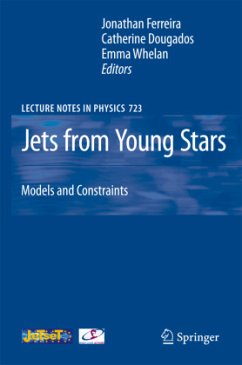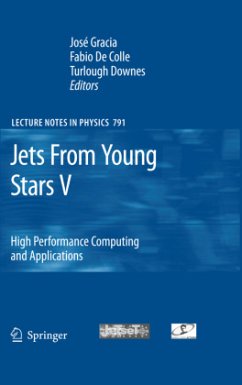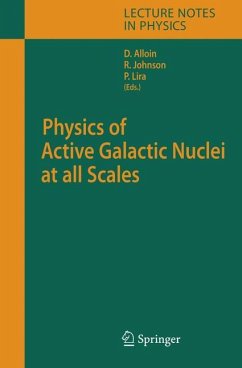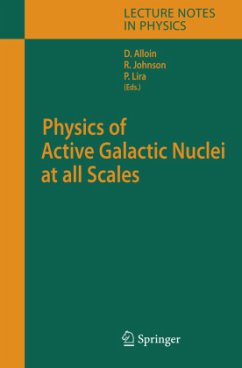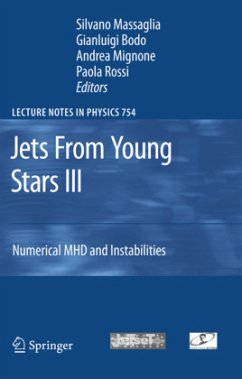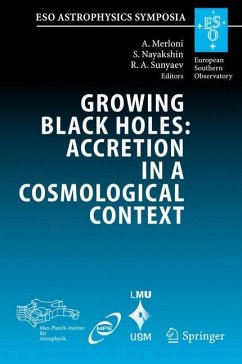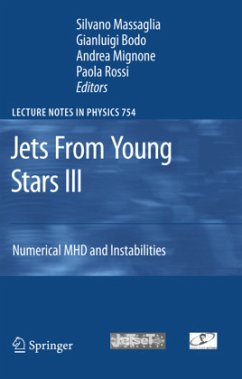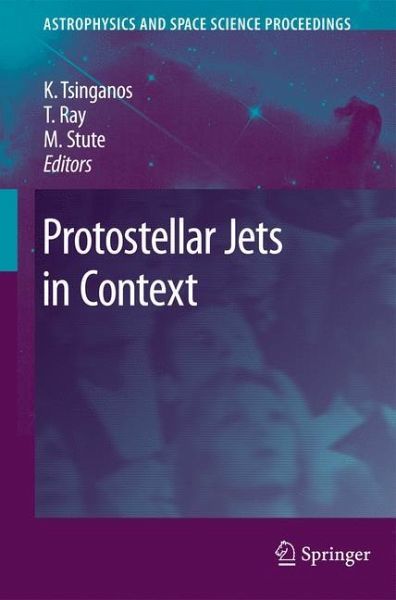
Protostellar Jets in Context
Versandkostenfrei!
Versandfertig in 6-10 Tagen
228,99 €
inkl. MwSt.

PAYBACK Punkte
114 °P sammeln!
This volume contains the proceedings of the Conference Protostellar Jets in Context held by the JETSET Marie Curie Research Training Network in July 2008. This meeting not only served to showcase some of the network's achievements but was also a platform to hear from, discuss and debate the recent findings of world-class astrophysicists in the field of protostellar jet research. Jets from young stars are of course not an isolated astrophysical phenomenon. It is known that objects as diverse as young brown dwarfs, planetary nebulae, symbiotic stars, micro-quasars, AGN, and gamma-ray bursters produce jets. Thus in a series of talks, protostellar jets were put in context by comparing them with their often much larger brethren and also by considering the ubiquitous accretion disks that seem to be necessary for their formation. With this spectrum of contributions on observations and the theory of astrophysical jets and accretion disks, this book serves as a comprehensive reference work for researchers and students alike. This book completes a series of JETSET books. The lecture notes of the 5 JETSET schools are published in the series Lecture Notes in Physics.
It is over a quarter of a century since the discovery of out?ows from young stars. The intervening years have led to remarkable advances in our understanding of this phenomenon. Much of the progress can be attributed to advances in facilities and technologies, including not only larger telescopes but also improved instrument and detector performance. In addition protostellar out?ows have now been imaged from the ground and space at high spatial resolution, e. g. with HST, and at a wide - riety of wavelengths from X-rays to radio waves, revealing more and more about their physics. This veritable revolution in observation has been accompanied by an exponential growth in our ability to numerically simulate the launching and pro- gation of jets. Codes continue to improve: they now incorporate more physics and are increasingly ef?cient through, for example, techniques such as adaptive mesh re?nement and the use of parallel processing in cluster environments. Simulating the launching and propagation of a jet all the way from the vicinity of the star up to 4 several thousand AU (a size range of10 ) is now much closer. In more recent times, developments in observation, theory and numerical s- ulation have been joined by laboratory jet experiments reproducing, on centimetre scales, that which is seen in astrophysics to stretch for several parsecs.






